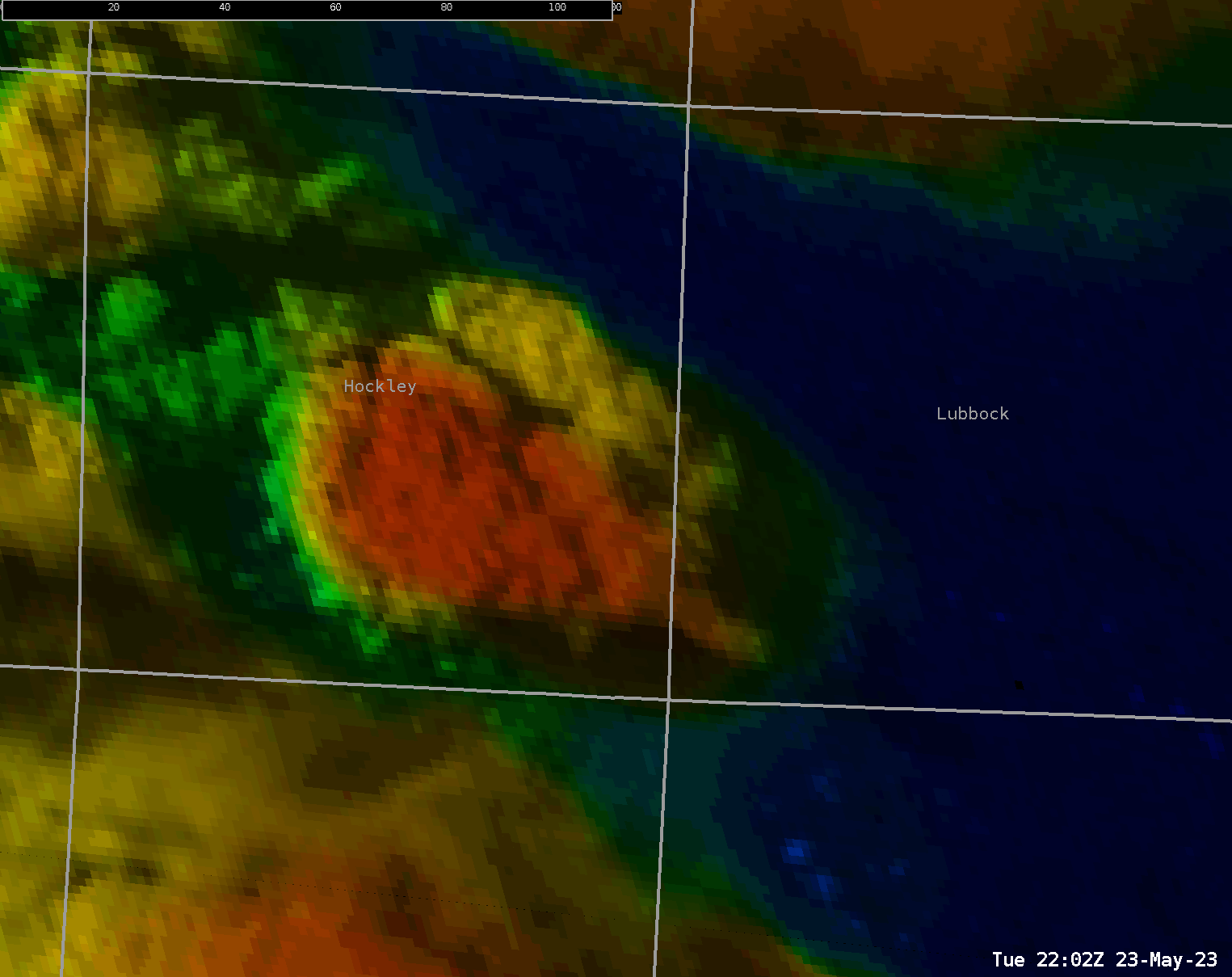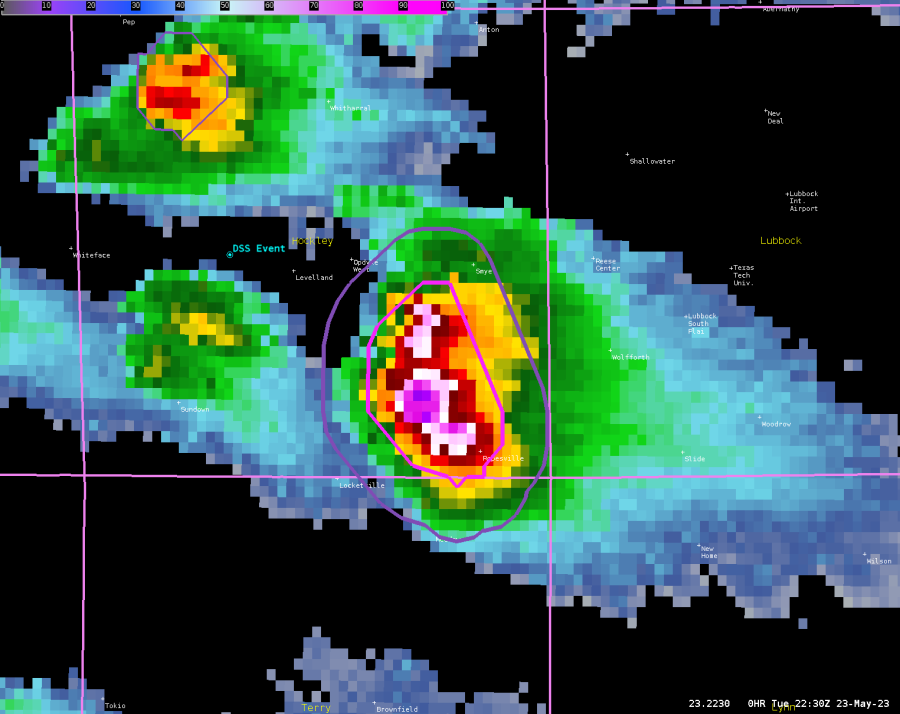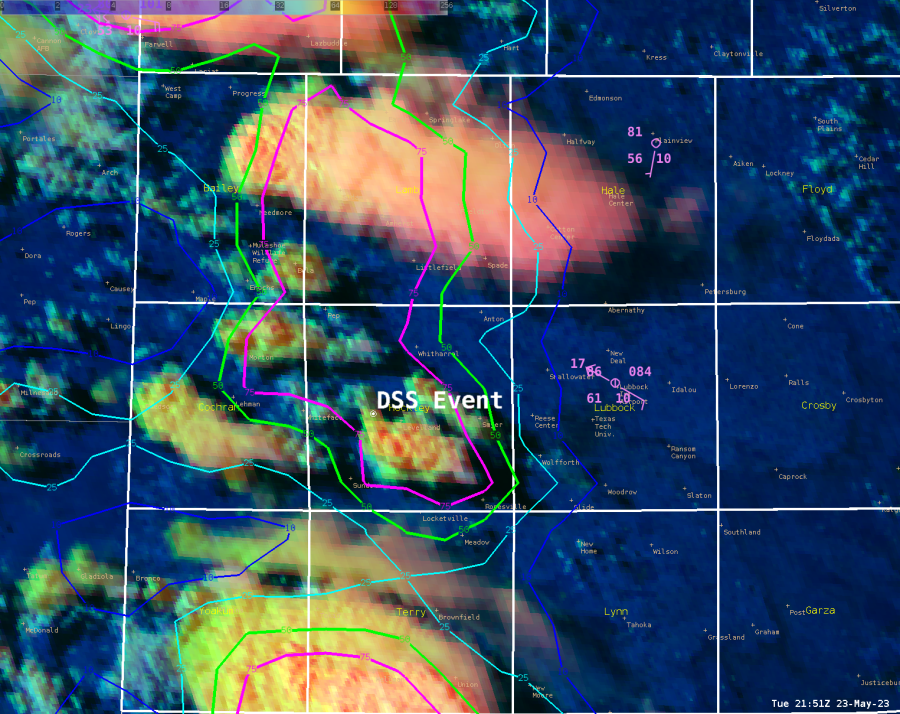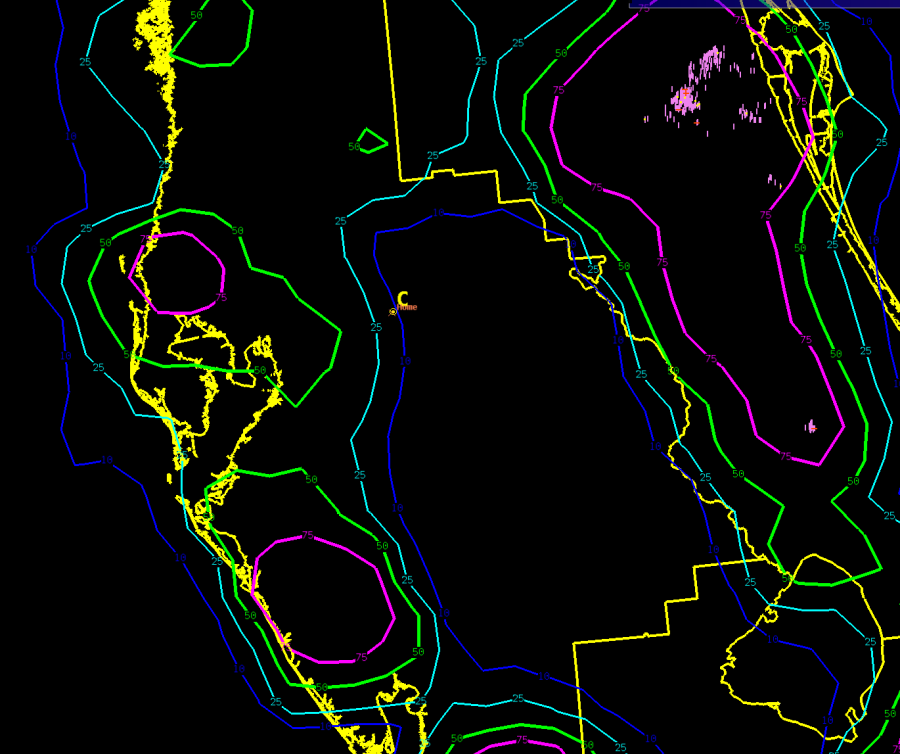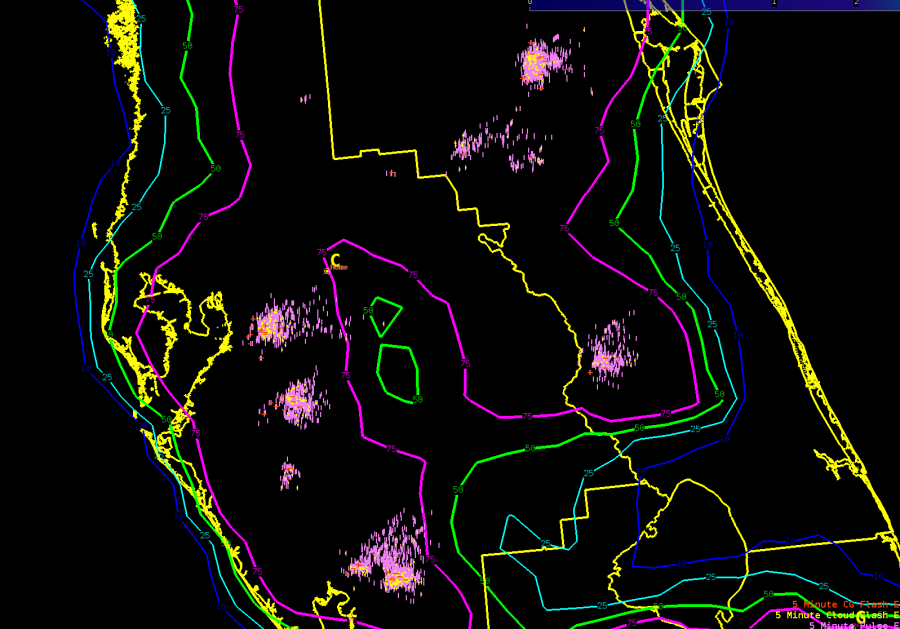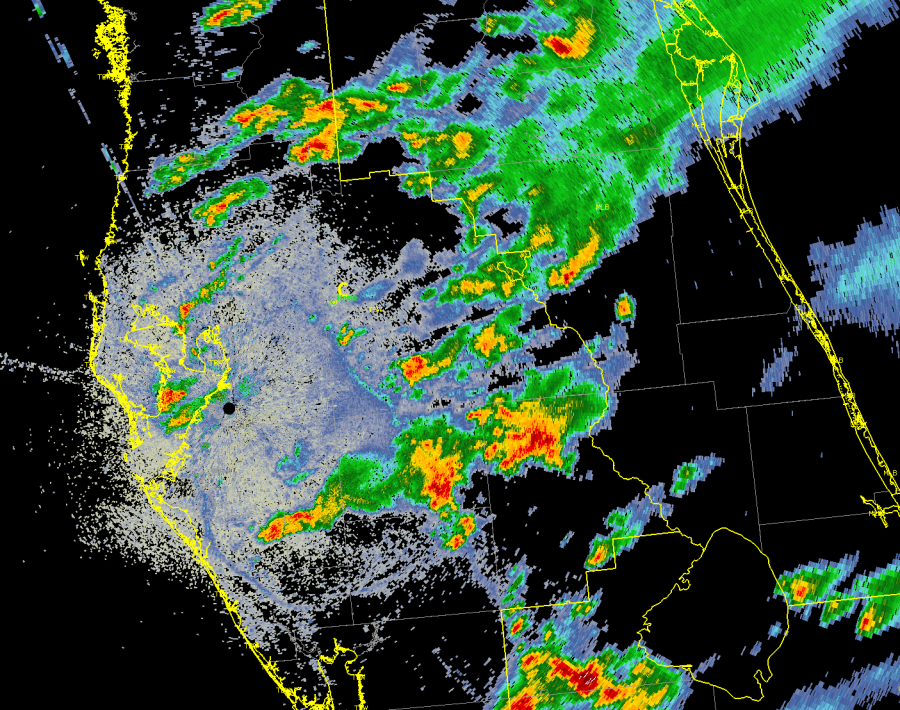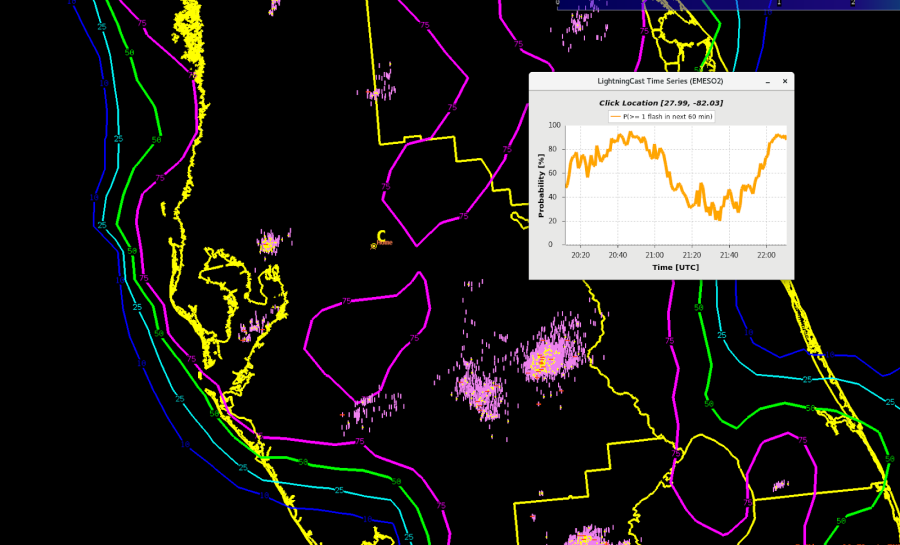We’re closely monitoring for CI near the Miami Open Tennis Tournament (location noted by the Home marker). Thus far this afternoon, the deepest convection has been in the west, NE of Naples, where the Band 13 imagery shows high cloud tops with cool brightness temps (-66C), and Octane imagery shows a good divergent signal.
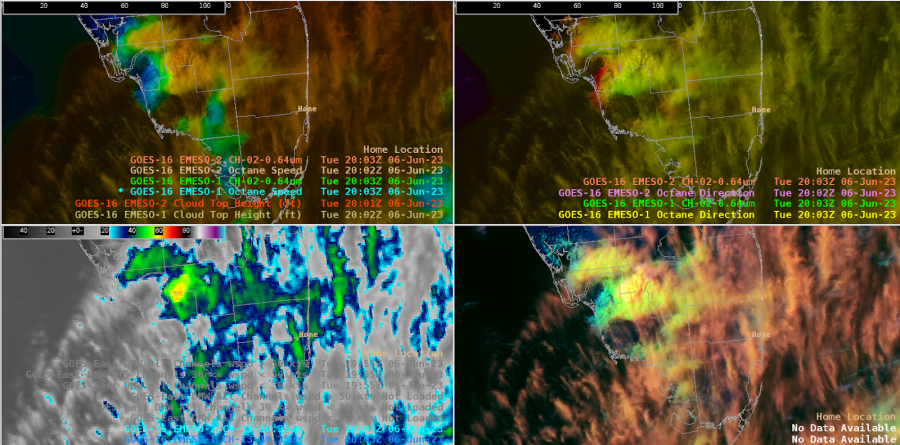
So far, LightningCast has focused on the convection in the western peninsula, with the maximum slowly translating inland and to the N along the inland-tracking sea breeze.
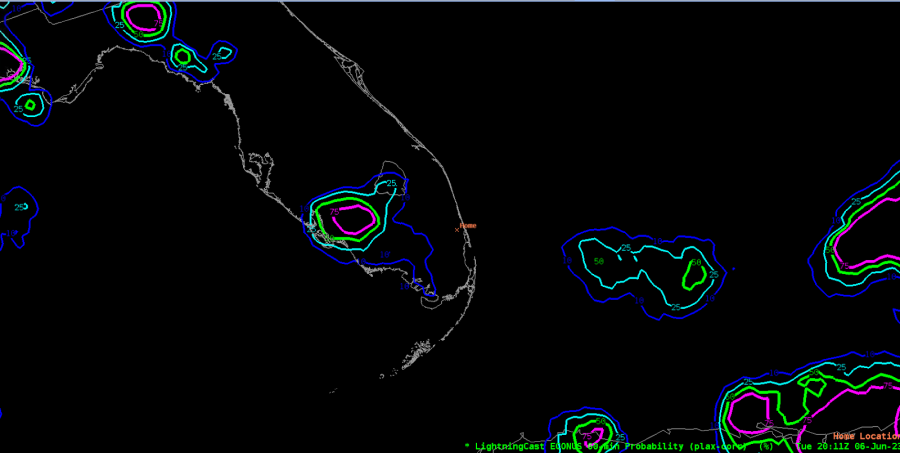
This is further confirmed by the lightning meteogram for the DSS site. Looks like they can keep playing tennis for a little bit longer!
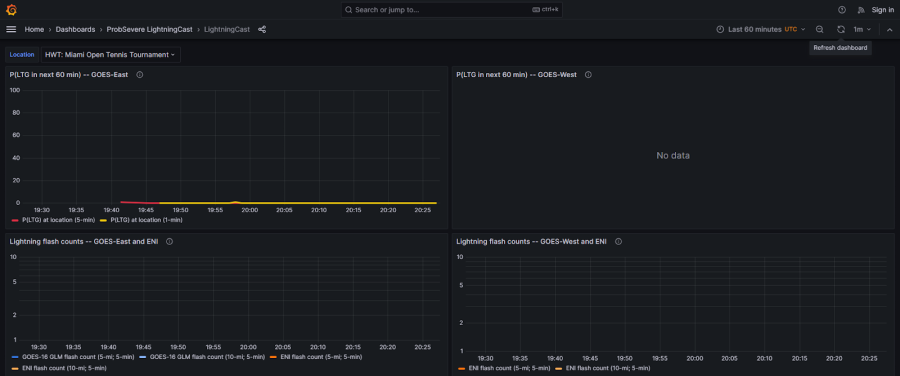
Looking at the storm clusters back west, a NUCAPS sounding near that cell shows plenty of CAPE.
The NUCAPS-Forecast MUCAPE confirms the high CAPE invof the storms.
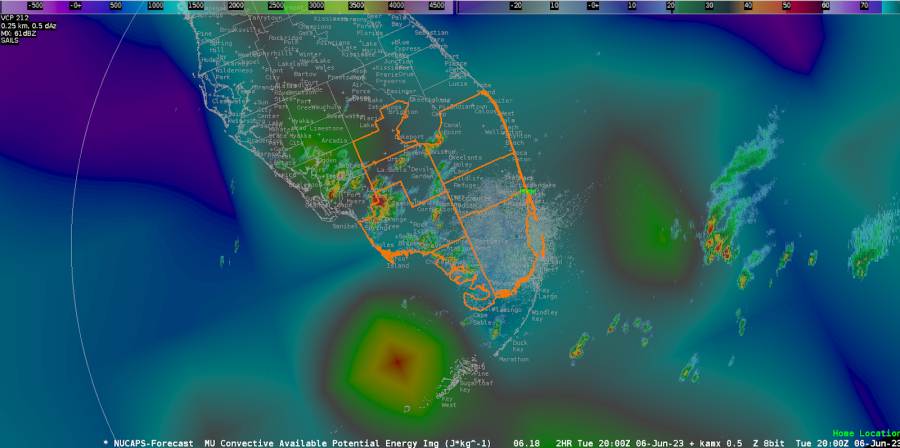
Let’s see what the forecast shows for our DSS event. By 02z this evening, it shows increasing CAPE invof the DSS event. They are not out of the woods yet!
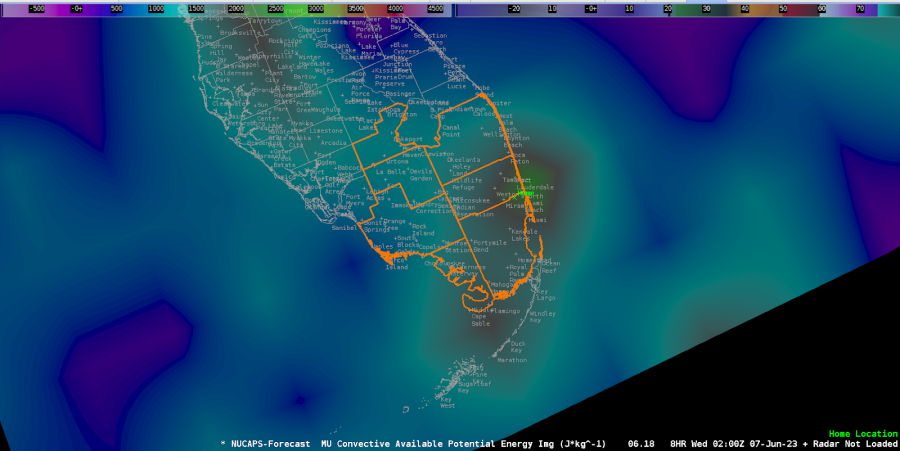
However, ProbSvr3 and LightningCast continue to provide a general idea that the strongest cell remains north and west of the Miami Open, limiting any impacts during the event.
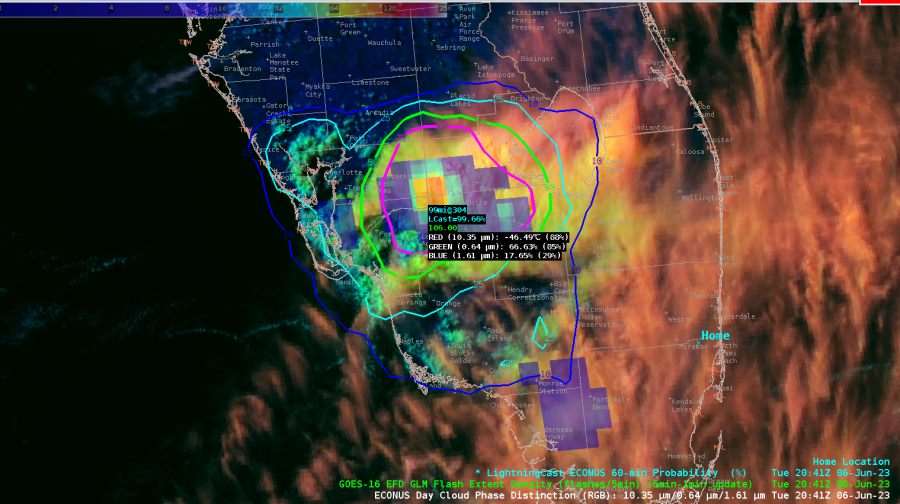
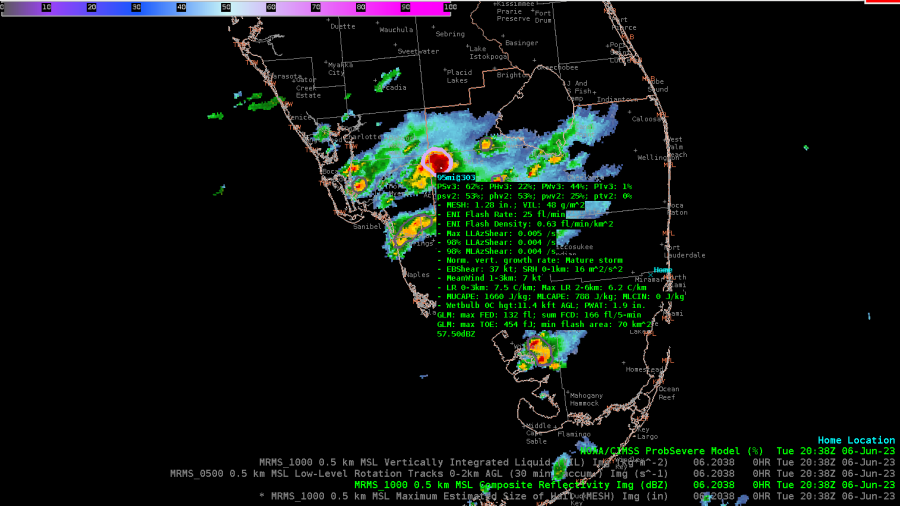
Looking at the PHS imagery, it shows continued moderate CAPE extending into SW FL invof the ongoing convection, with much lower CAPE near our DSS event.

And the projections for 00z this evening show CAPE lowering further.
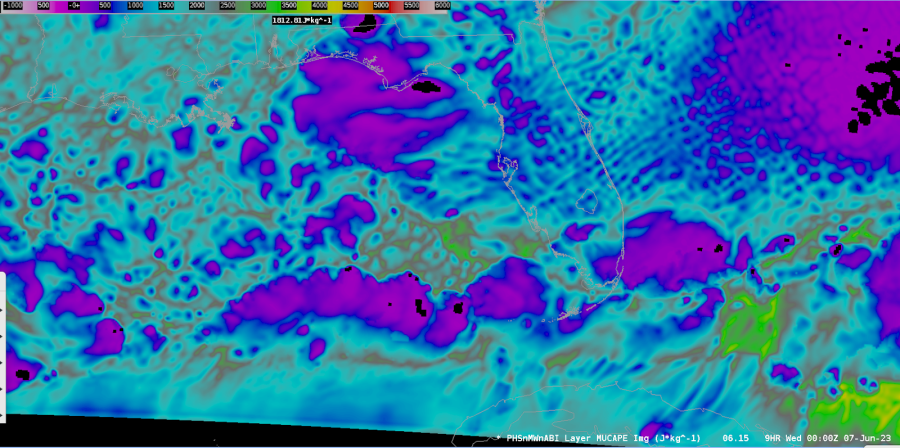
20z PHS Composite Reflectivity compared to MRMS Composite Reflectivity persistently highlights a lot of noise. Understanding from a forecaster’s perspective, this can be mentally filtered out, but at the same time, remains to be a distraction from the overall product’s use.
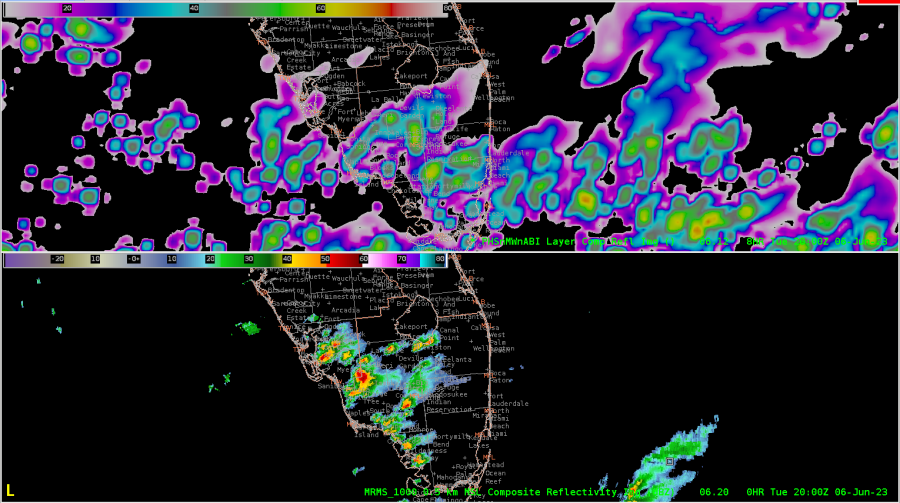
The warned cell over Glades county weakened and merged with other convection, and accordingly, the LightningCast probs declined. But we’re seeing new vigorous convection to the WSW just north of Bonita Springs.
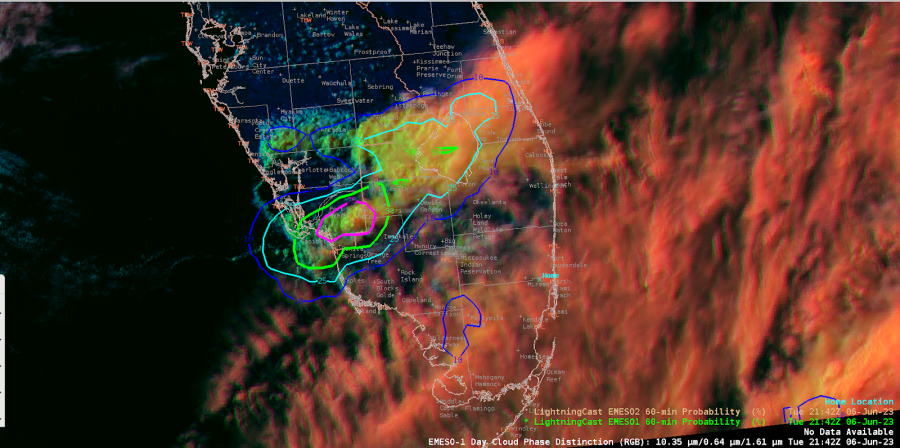
One interesting note. There are new cells developing in far SW FL with lightning noted on GLM, however the cirrus canopy there is too thick to allow LightningCast to detect this convection.
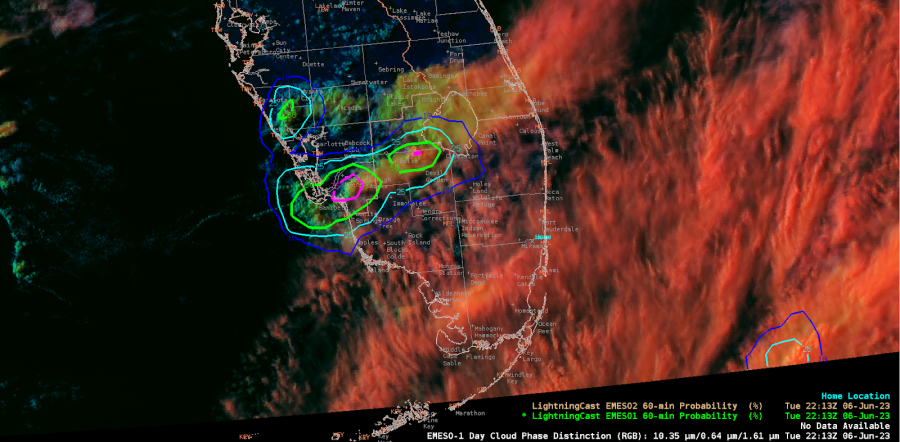
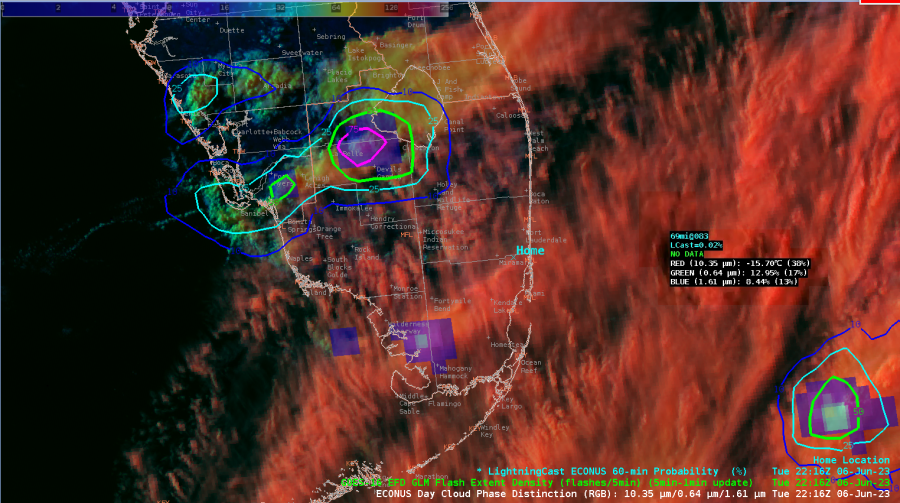

– Edgar and Harvey Specter





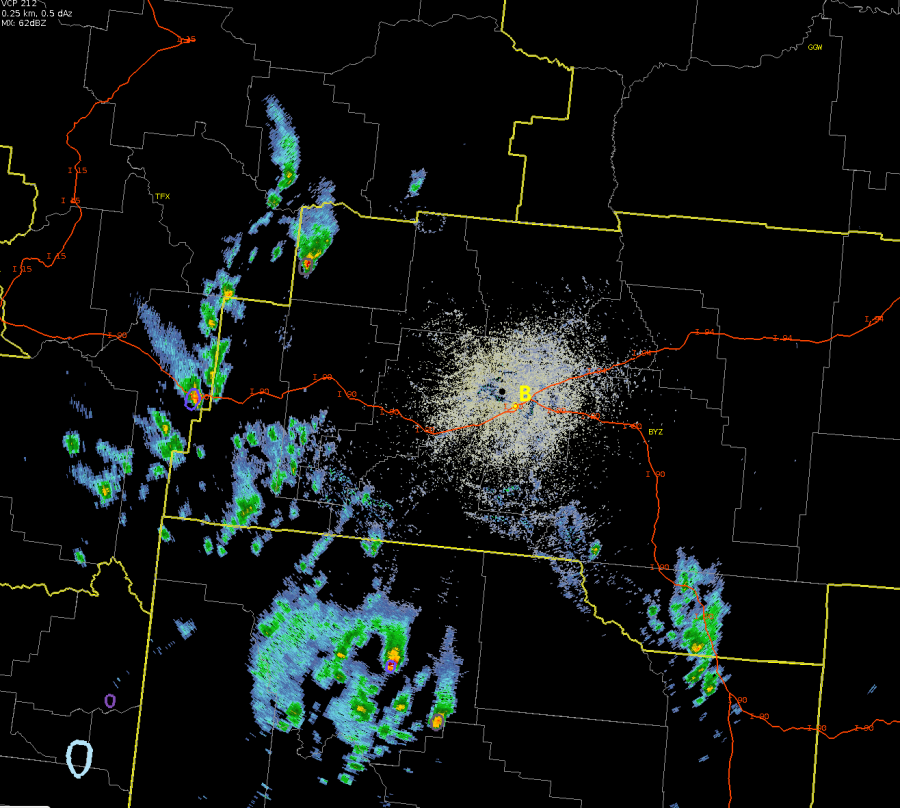
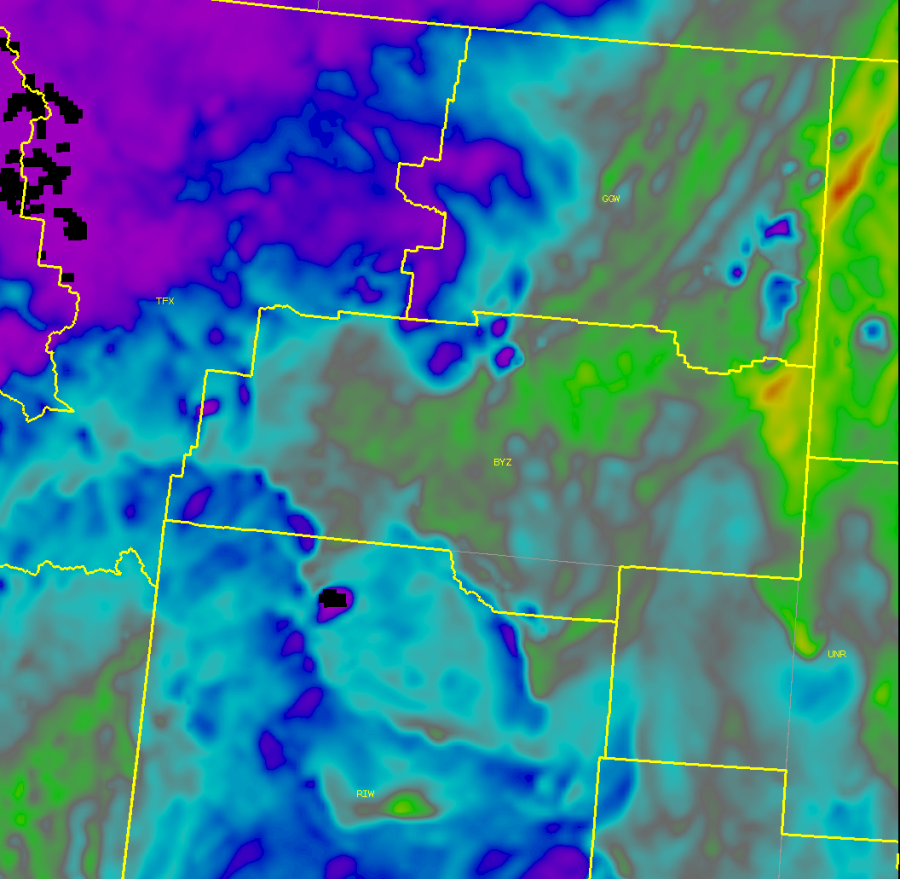
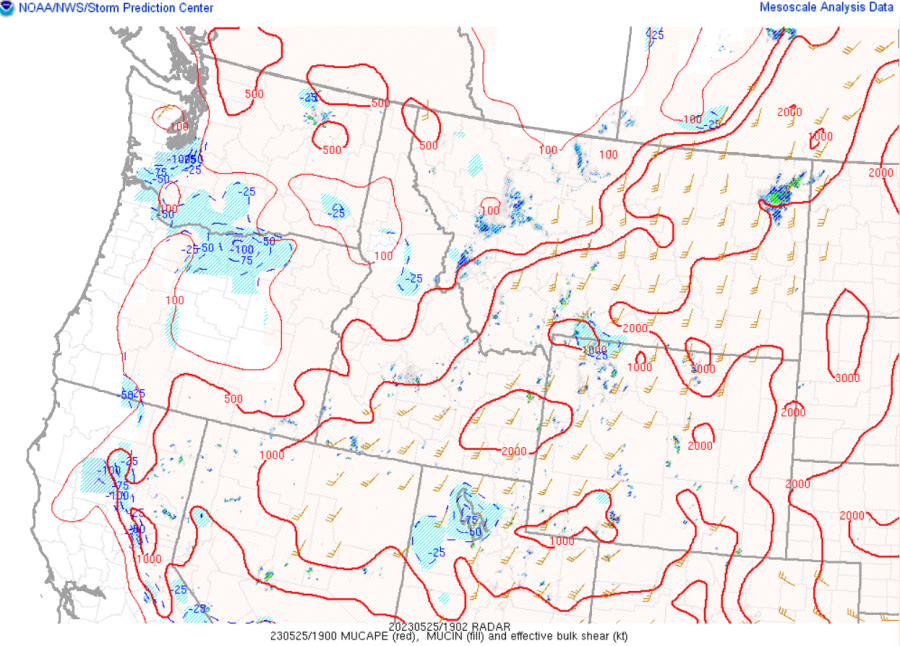

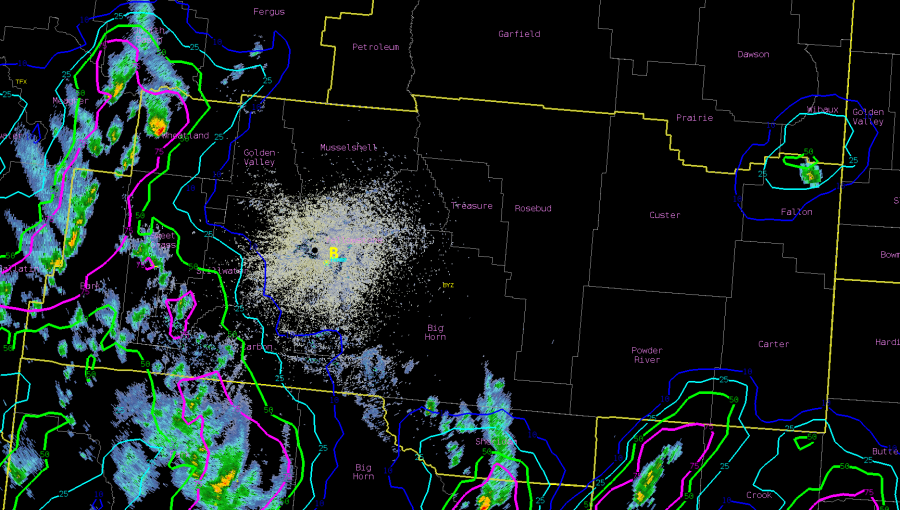

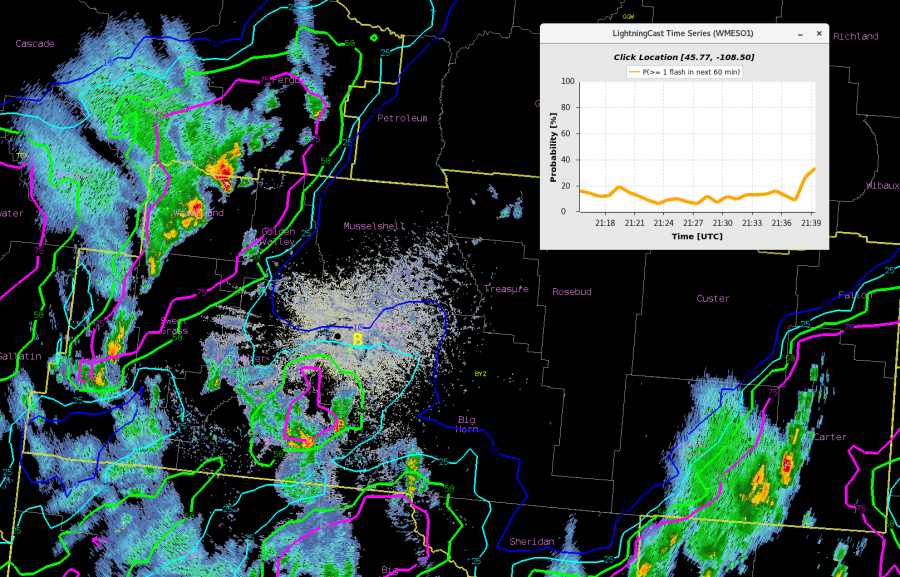
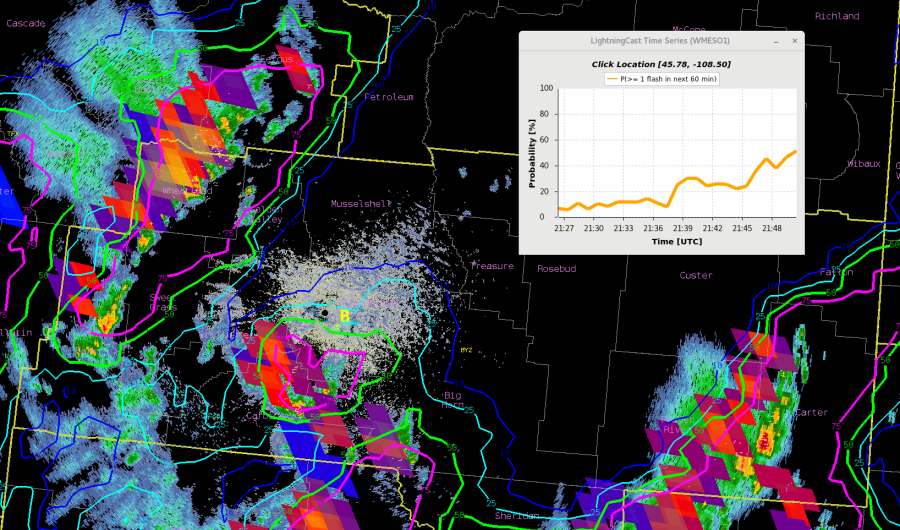
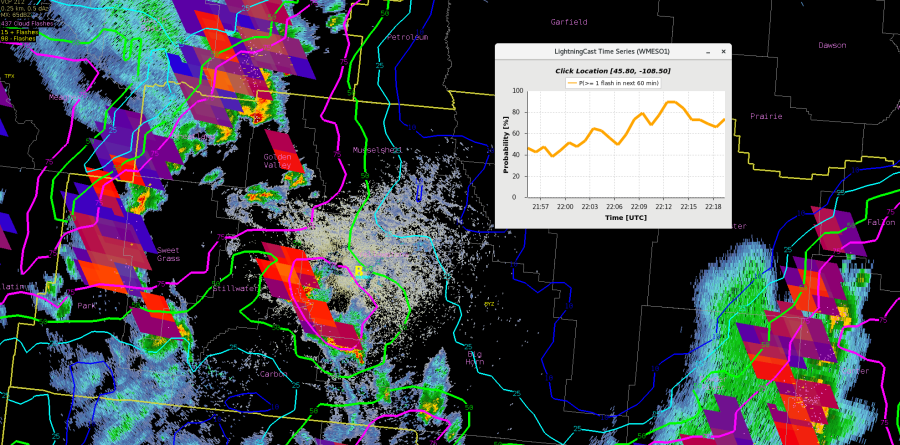
 Octane Speed Sandwich also captured the outflow boundary approaching the DSS Event.
Octane Speed Sandwich also captured the outflow boundary approaching the DSS Event. 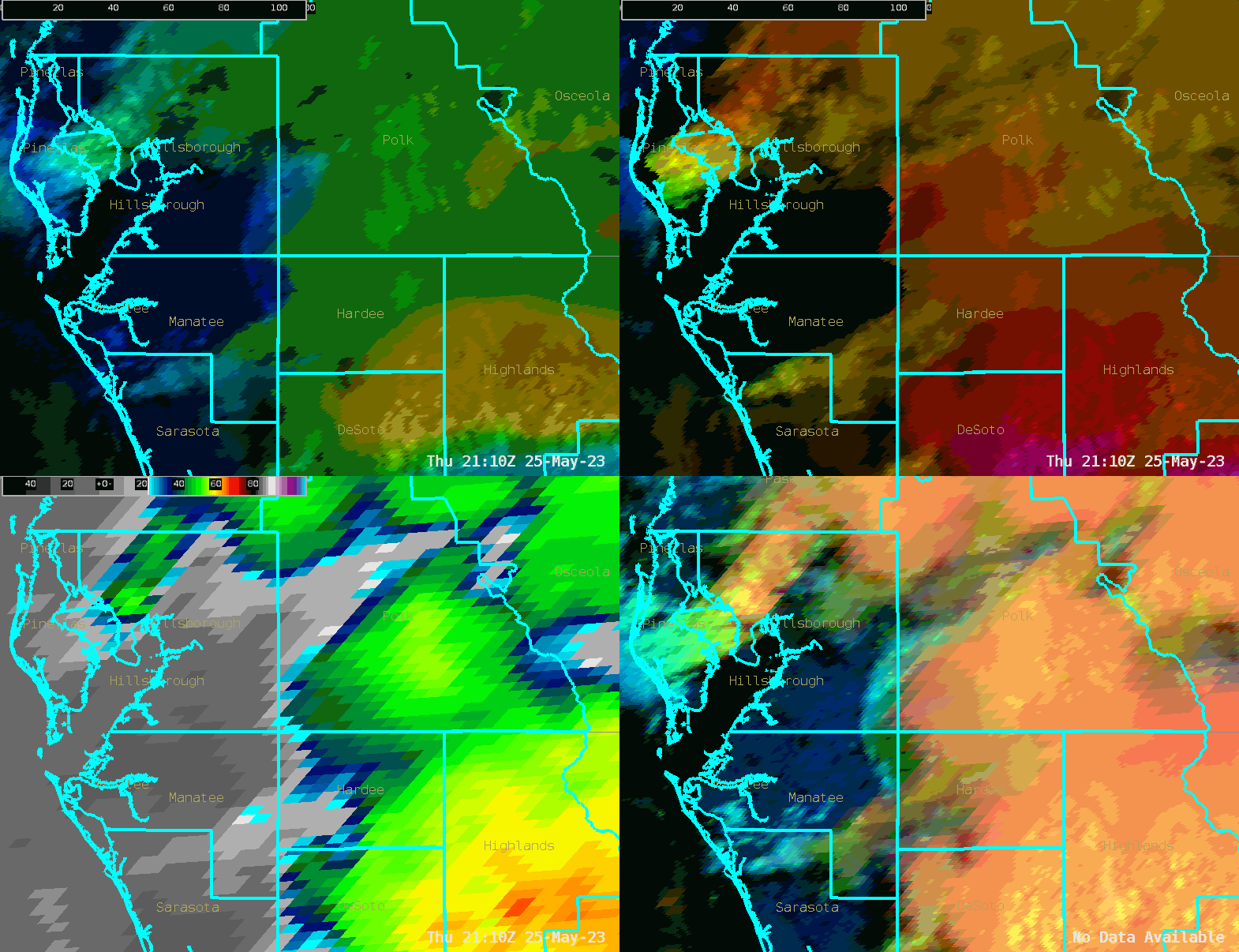
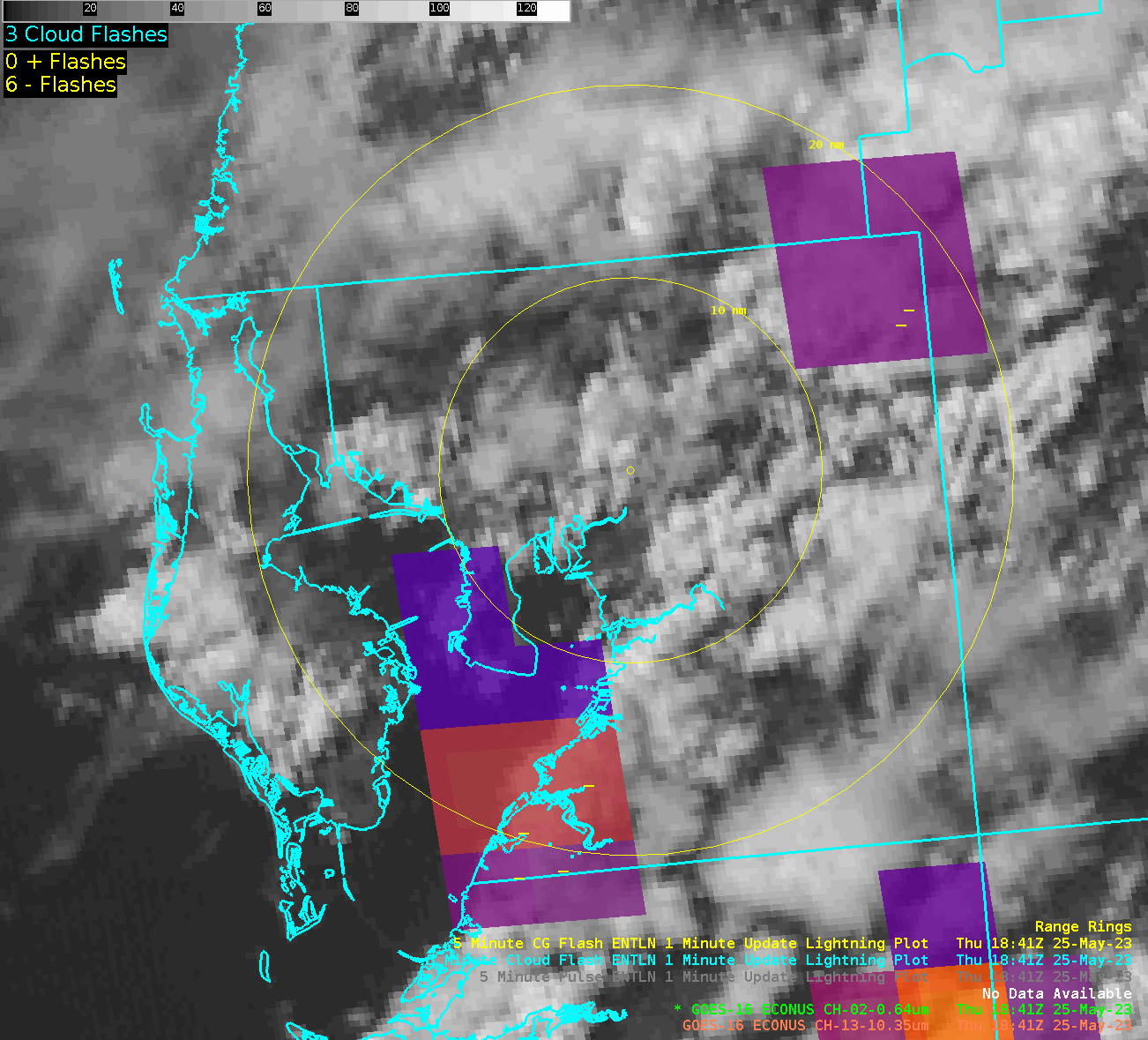
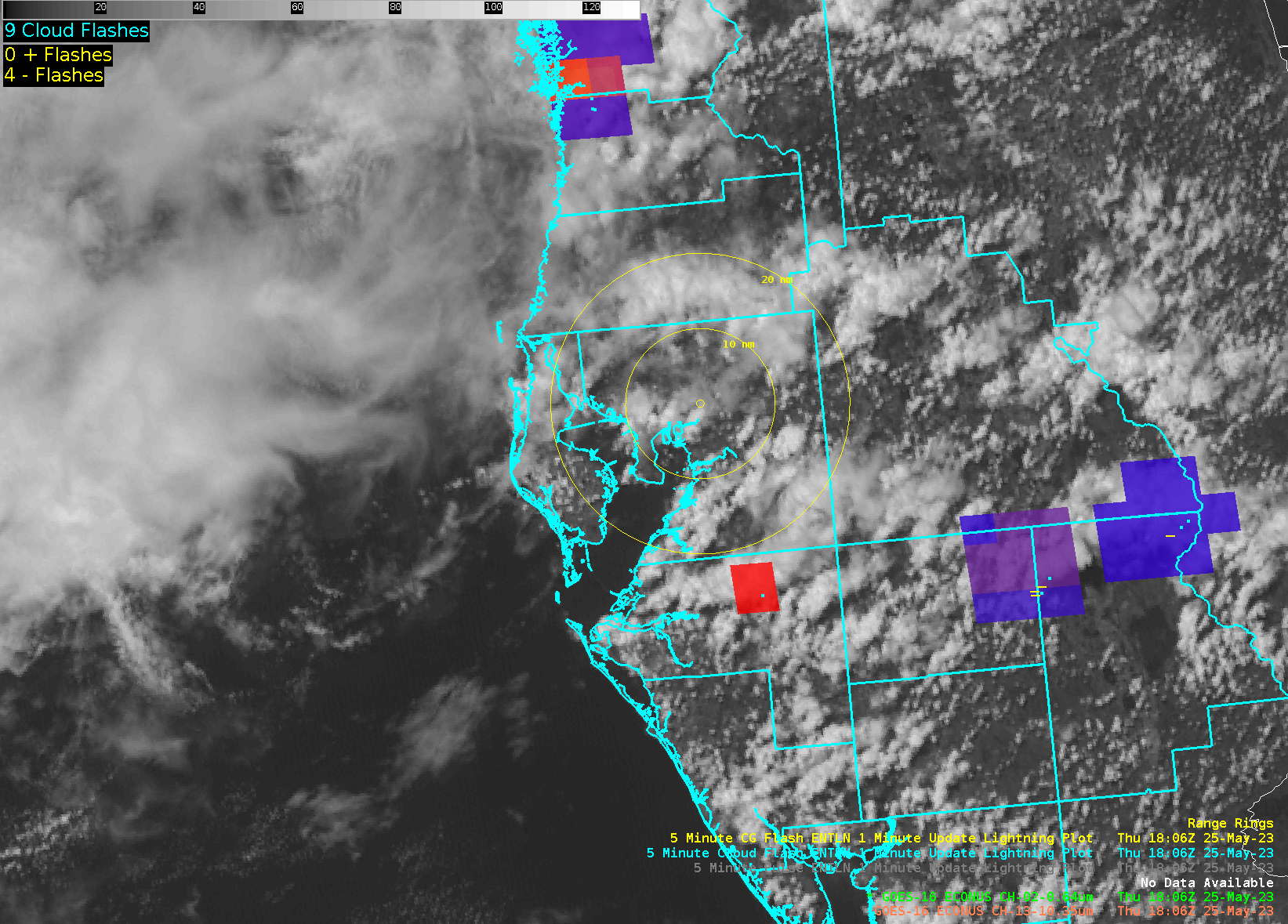
 track a developing storm near the Florida State Fair
track a developing storm near the Florida State Fair